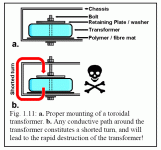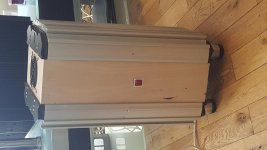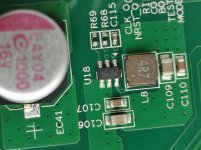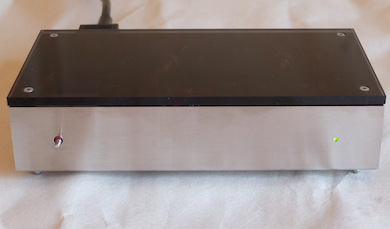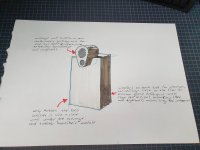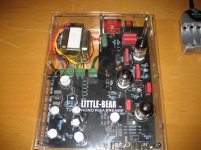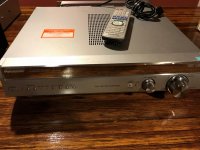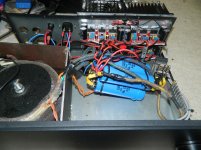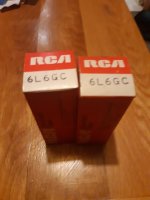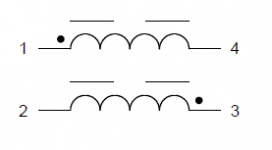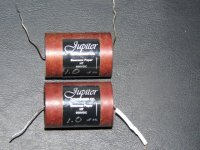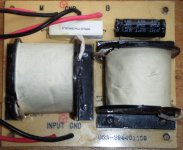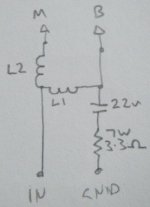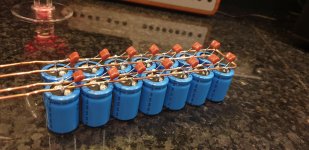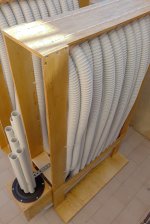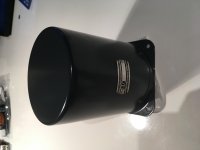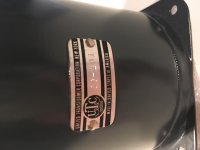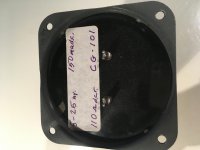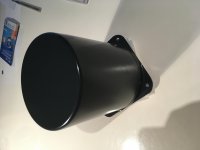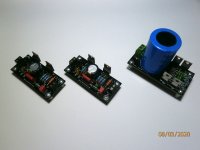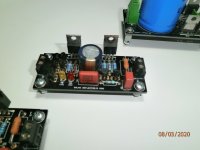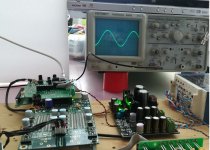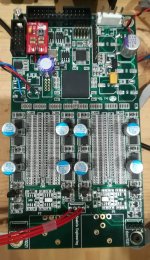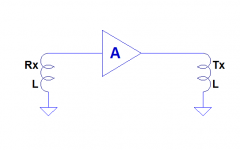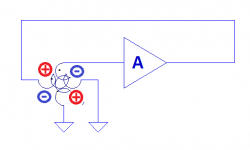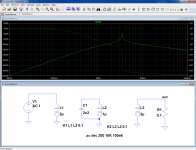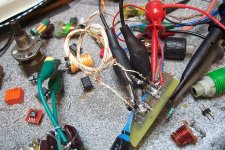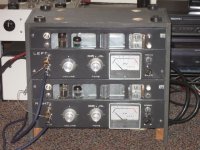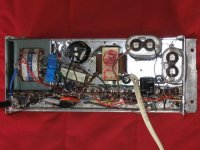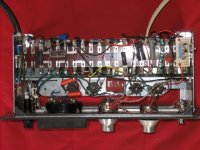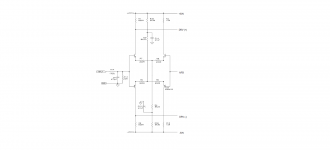The traditional grid-dip meter is an old favorite of the DIY/Ham community: initially, it was a tube-based instrument, but in the sixties it has been modernized with FETs or BJTs whilst retaining the same basic operating principles.
It is a variable-frequency oscillator using a number of pluggable coils and a variable capacitor to cover the frequency range, typically ~200kHz to 100MHz.
The coil is external and can be coupled to a tuned circuit to be tested.
The grid/gate/base of the oscillator has its bias connected to a galvanometer: the oscillation combined with the grid or base rectification generates a current dependent on the activity of the oscillator.
Typically, the bias is adjusted to be on the verge of oscillation, and the frequency is varied with the coil lightly coupled to the resonant circuit under test. When the frequency of the oscillator coincides with that of the tuned circuit, a significant amount of energy is siphoned by the external circuit, leading to a sudden dip in the amplitude of the oscillations.
This dip shows on the galvanometer, and by reading the calibrated frequency dial, it is possible to know the tuning frequency with a reasonable accuracy.
The measurement process is slow and not very deterministic, but the instrument is cheap, and can have other uses, like a frequency generator, which is why it was popular for a very long time.
The alternative I propose emulates the main function of a grid-dip (determination of the resonant frequency), but uses totally (if not opposite) principles: the circuit does
not oscillate until it is presented with a tuned circuit.
The circuitry of the pseudo-grid dip is essentially aperiodic, meaning it works for all frequencies without coil change or manual tuning: as soon as a tuned circuit is presented, it oscillates at its resonant frequency.
How does it work?
The oscillator is amplifier-based, and conditional on the external tuned circuit.
"Canonical" oscillators like those used in grid-dips are based on a 3-terminal active device (tube, FET, BJT, etc.) and three reactive elements: two capacitors and one inductor results in a Colpitts configuration, and two inductors and one capacitor a Hartley.
Other types of oscillator are based on a quadripole and a frequency-selective network: a typical example is the diff-amp oscillator.
This circuit is quadripole-based, but the selective network is external and also acts as a gate: in its absence, the positive feedback is completely absent.
In addition, the external circuit is only inductively coupled, to mimic the original instrument
This sketch outlines the electrical configuration:
Nothing is particularly unusual: it is an amplifier looped back on itself, except the positive feedback is nonexistent, because the input and output inductors are not coupled.
Thus, such a circuit has no chance to oscillate, but then, where is the catch?
The answer is in the geometric configuration of the coils: they are magnetically orthogonal, meaning their coupling coefficient is zero.
This is a more faithful representation of the physical configuration:
It is now obvious that no coupling can exist between the Tx and Rx coils, but how can such a configuration oscillate in the end?
The two coils divide the space into 4 quadrants: a picture of the prototype should make things clearer:
The two coils of this prototype are ring-shaped, about 27mm dia, and comprise 6 turns of wire-wrapping wire. Their inductance is a little under 2µH.
If a tuned circuit is present in any of the quadrants, it will be able to interact with both inductors, because it will not be orthogonal.
The transmission coil can induce a resonance in the tuned circuit, and in turn, the current in its inductor will couple to the reception coil.
This is shown in this simulation:
Coupling coefficients are only defined for L1/L2 and L2/L3, yet the signal from L1 manages to reach L3.
To summarize, the Tx and Rx coils do not see each other directly, but the Tx coil can “illuminate” the tuned circuit, which then becomes visible to the reception coil.
